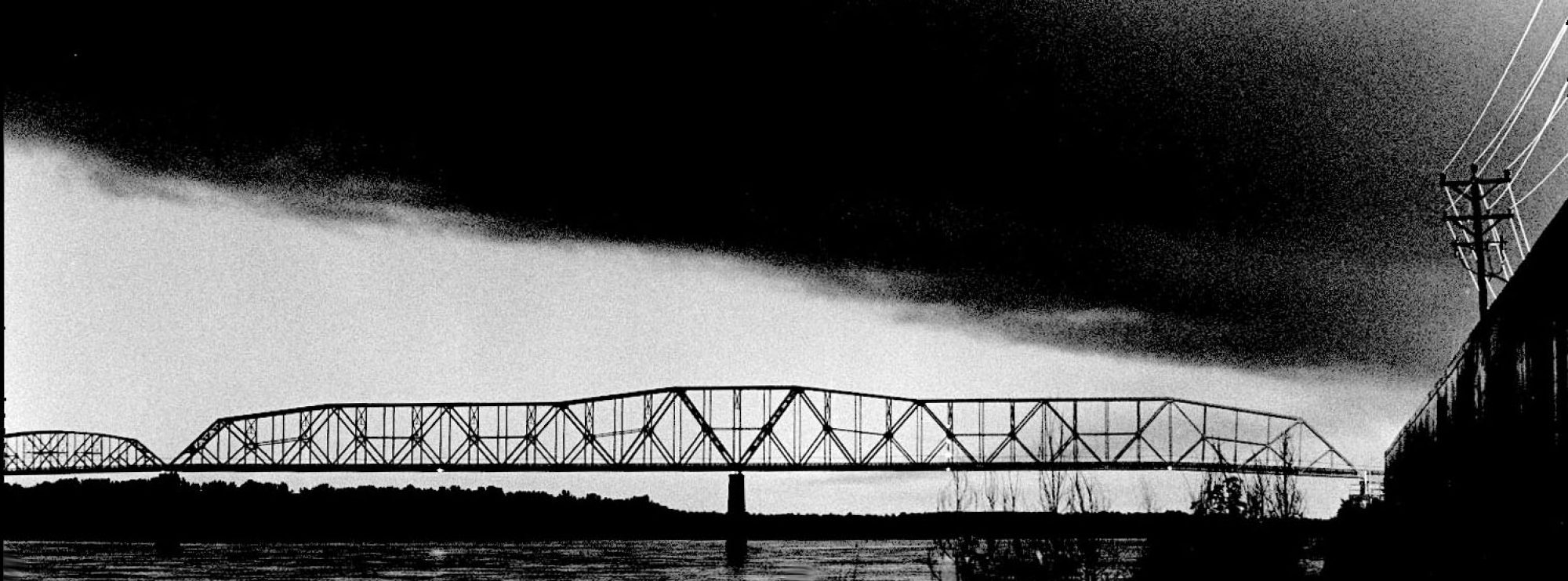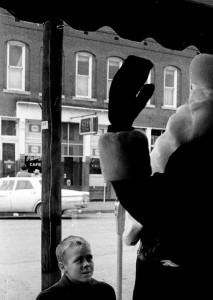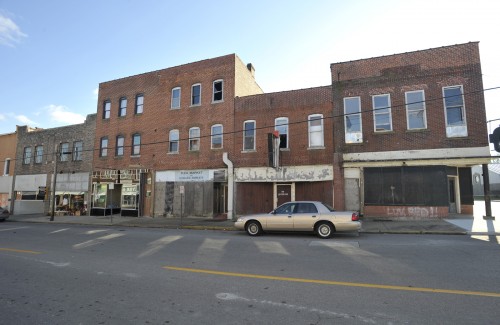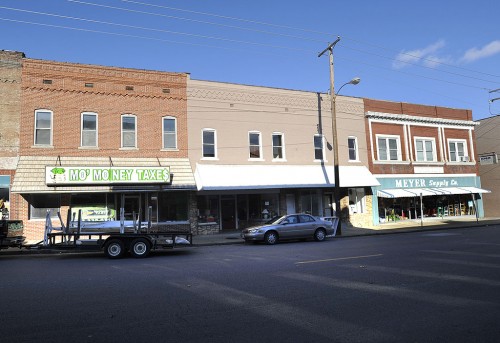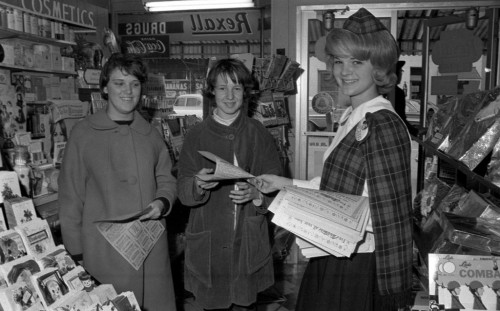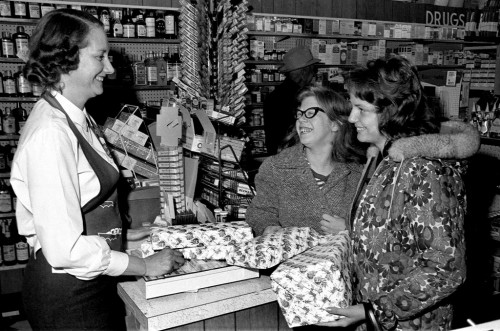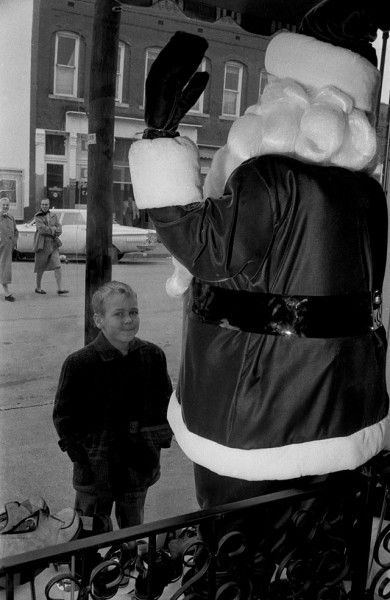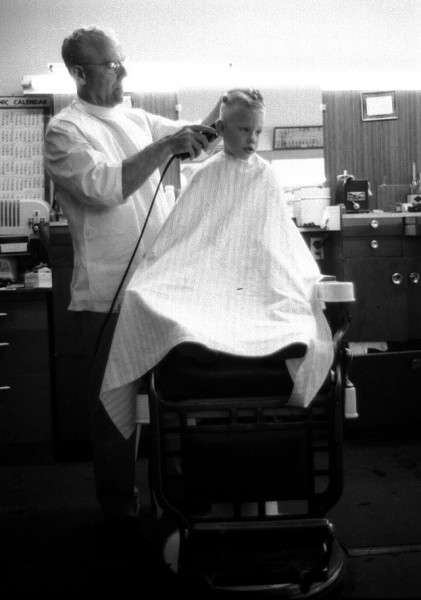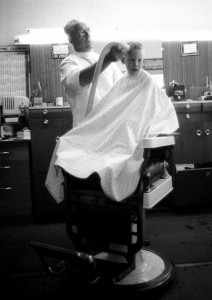One of the neat things about my Mother is that she’s always up for an adventure. Start the car up and she’s ready to go ambling and ramblin. Some days we just head out and see if we can find a road we haven’t explored.
This time we cruised by Cape Rock, then made a left turn onto Big Bend Road just west of East Cape Rock, where I saw the remnants of what our family had always called the Home of the Birds.
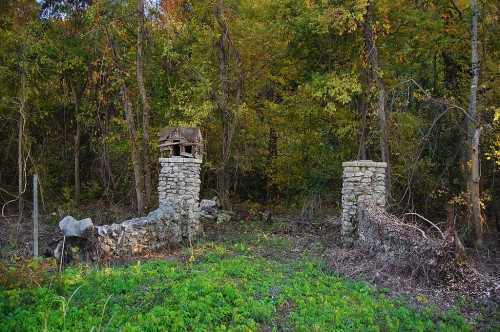 When I was a kid, there were two bird houses on the stone gate posts, but one of them is long gone and the other doesn’t look long for the world. Of course, they’ve been up there half a century (unless someone has replaced them since I was in my pre-teens), so the survivor may outlast me.
When I was a kid, there were two bird houses on the stone gate posts, but one of them is long gone and the other doesn’t look long for the world. Of course, they’ve been up there half a century (unless someone has replaced them since I was in my pre-teens), so the survivor may outlast me.
Out of the Past didn’t help
I have to admit that I cheat when it comes to doing research. My first stop is The Southeast Missourian for local factoids. This time, though, when I searched for “Home of the Birds,” I got less than a handful of hits and they were mostly in the Out of the Past column compiled by librarian Sharon Sanders. They just kept referring to Southeast Missouri State University construction projects that were eating up the land “north of the campus.”
What made it worse was that I couldn’t exactly figure out WHERE I had taken the picture so I could put it on the map. I thought I had set a GPS waypoint, but I must not have saved it. Even more confusing was that where I thought I was didn’t seem to be anywhere close to the University.
This house picture didn’t help much, either
 I took a picture of this house diagonally across the street from the birdhouse, so I pulled up Google Earth and tried to find IT with no better results.
I took a picture of this house diagonally across the street from the birdhouse, so I pulled up Google Earth and tried to find IT with no better results.
I learned a long time ago that you don’t have to know everything in the world. You just have to know the people you can call who DO know everything in the world.
I took a stab and sent the pictures in an email to Sharon and to James Baughn, who does a great blog called Pavement Ends, which explores lots of neat areas in Swampeast Missouri. James also has a site, BridgeHunter.com which is a database of historic and notable bridges in the United States. (Full disclosure: I have contributed some bridges to the database and I can get lost in there for hours.)
I’ve never met either person, but I got my first response 21 minutes after the original query. That’s fast. NOT only were they fast, but they were kind enough not to use the phrase, “you fool,” when they pointed out that I wasn’t AT the Home of the Birds.
Springdale Bird Sanctuary
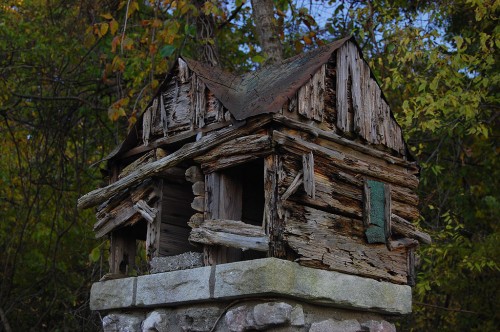 Sharon’s first message said, “Hi, Ken. I enjoy reading your Central High reminiscences, even though I’m an alum of Notre Dame (class of 79). The photos you’ve taken, I believe, are of the entrance to the Springdale Bird Sanctuary. Let me do some checking and I’ll get back to you.”
Sharon’s first message said, “Hi, Ken. I enjoy reading your Central High reminiscences, even though I’m an alum of Notre Dame (class of 79). The photos you’ve taken, I believe, are of the entrance to the Springdale Bird Sanctuary. Let me do some checking and I’ll get back to you.”
James had slightly different info, but he had the GPS coordinates: “This is the old entrance to the Kelso Bird Sanctuary on Highway 177 north of town. The GPS coordinates are 37.341008, -89.501195 — give or take a few hundred feet.”
When I plugged in the coordinates, BINGO! The place was exactly where I thought it would be. But what’s this business about different names?
It’s now called the Kelso Sanctuary Natural Area
Sharon’s next message cleared it up. “Here is the URL for the Kelso Wildlife Sanctuary. At one time, part of the area went by the name Springdale Bird Sanctuary. Hope this helps.”
There’s not a lot of information on line about the the site, but SEMO does have some promotional pamphlets put out by the Audubon Society of Missouri around 1937 after Judge and Mrs. I.R. Kelso donated 20 acres of land for the sanctuary. The Audubon Society transferred management of the land to SEMO in 1960. I’ll have to visit SEMO someday to read the rest of the story.
The sad thing is I STILL don’t know anything about the Home of the Birds.
Kelso Sanctuary Natural Area
View Kelso Sanctuary Natural Area in a larger map
